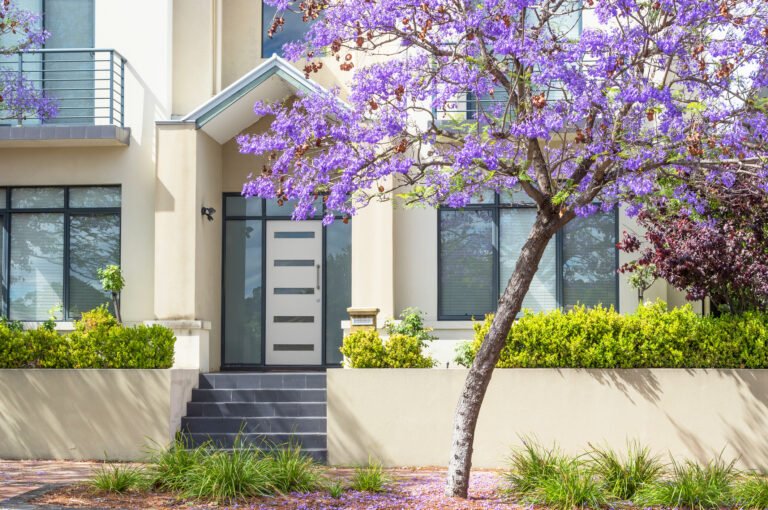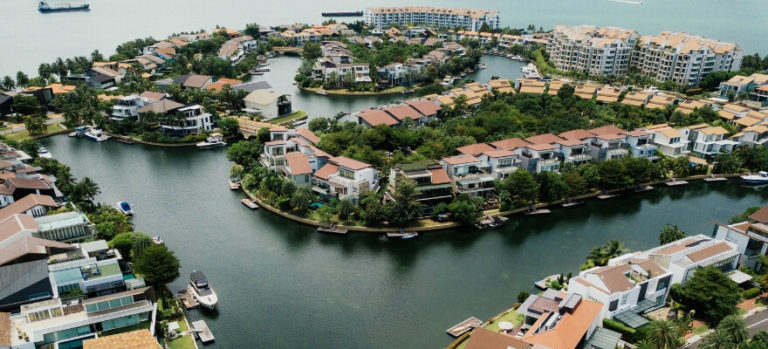The Gold Coast has moved far from its past as a retirement haven, with new data showing the vast majority of those moving to the region are aged between 25 and 40. Demographer Simon Kuestenmacher says the region’s population is increasing by 15,000 people annually, with many of those new arrivals in the Millennial age group. “Now that many have reached their mid-30s, Millennials are having babies at scale and that hipster inner[1]city one- or two-bedroom apartment that Millennials have been living in with their partner becomes too cramped after they add 1.7 kids to their household,” Kuestenmacher says. He says they can’t find the housing they want in big cities, so the Gold Coast is in their sights. CBRE research shows the amount of housing development underway on the Gold Coast is below what is needed to accommodate the growing population. Only 1222 dwellings were added in 2022, while the population grew by more than 14,000 people.
Where GC Is Infrastructure Needed
Gold Coast City Councillors want the Queensland State Government to kick in funds to ensure transport and community infrastructure are ready to handle the 2032 Olympic and Paralympic Games and future growth. Robina is set to be a focus of future growth, including plans for a new Olympic Athletes Village, including six residential towers. The Council launched a technical review of Robina to ensure the infrastructure is sufficient to meet demand. The review says there will be a high impact on the transport network if additional development and redevelopment occurs in the area. It says additional investment in transport infrastructure, particularly public transport, will be required to support the current and future populations. Councillor Hermann Vorster says the Council has already spent $140 million under the new Local Government Infrastructure Plan. “With so many people beating a path to Robina, we are at real risk of ruining the lifestyle that underpins the prosperity of this economic hub,” Vorster says.
Quote of the Week
“While rental demand from overseas migrants is likely to remain strong for some time yet, particularly across the largest capitals, we’ve already seen a reduction in domestic rental demand via an increase in the average household size.”
CoreLogic Economist Kaytlin Ezzy
Rental Market Reprieve
The pace of rental growth has eased according to the latest CoreLogic Quarterly Rental Review. The review, for the second quarter of 2023, shows the monthly rate of rental growth slowed in the June quarter, although rents still remain high. Rents rose by 2.5% in the June quarter, 30 basis points lower than the pace of growth in the previous quarter. It is the first time the rate of quarterly rental growth has slowed since November. CoreLogic Economist, Kaytlin Ezzy, says rental growth softened despite an ongoing surge in overseas migration and a continuing shortage of rental properties. She says this suggests many tenants are reaching their “affordability ceiling”. “While rental demand from overseas migrants is likely to remain strong for some time yet, particularly across the largest capitals, we’ve already seen a reduction in domestic rental demand via an increase in the average household size.” National rents are now 27.4% higher than at the start of Covid
Home Deposit Not Out Of Reach
Saving a deposit for a home is not the impossibility that many would have first time buyers think. Much of the media analysis on home deposits is based on an assumption that a 20% deposit is required, but there are government schemes now which allow for deposits as low as 5% without requiring lender’s mortgage insurance (LMI). According to Compare Club home loan expert broker, Sophie Matthews, some lenders are now accepting a 15%. RateCity research director, Sally Tindall, says a handful of lenders, including St George and Bank of Melbourne, will waive LMI costs for first home buyers with deposits between 15% and 20%. She says some banks (including Westpac) will consider waiving the fee for certain professions such as doctors and nurses. If you do manage to snare a loan with a lower deposit, Tindall says to keep in mind the lowest interest rates are usually offered to those with the highest deposit
Baby Boomers Are Loaded
Australians have become richer and baby boomers are at the top of the tree. Roy Morgan’s Wealth Report 2023, shows Australia’s wealth increased by 7% between March 2020 and March 2023. The increase was mostly driven by an increase in the value of owner-occupied homes, up by 43.2%, from $4.16 trillion to $5.95 trillion. It says half of the Australian population, predominantly homeowners, account for 95.4% of Australia’s net wealth. Baby Boomers benefit significantly from the rise in property values as they have the highest rate of home ownership in Australia.They were able to buy at a time when housing was more affordable, and they reaped the benefits of rapid price increases. As their university education was free, many were able to enter the housing market not loaded down with HECs debts. Successive interest rate rises by the RBA mean one-third of mortgage-holding households, particularly Generation X and Millennials, have experienced a 50% increase in mortgage repayments.










